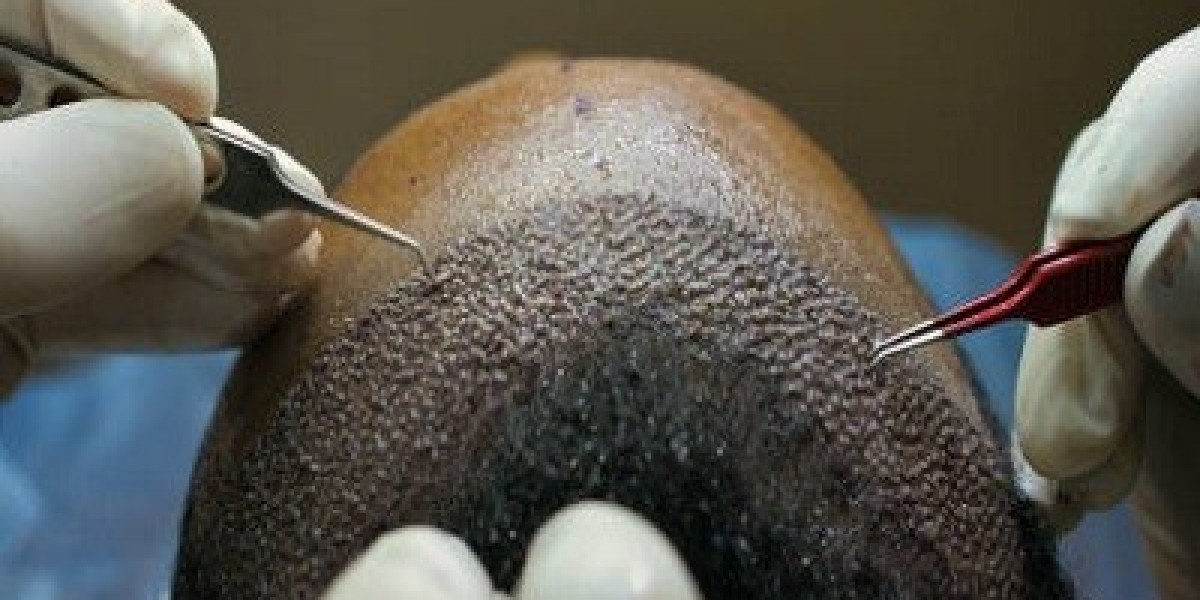One of the most frequently asked questions by individuals considering hair restoration is: Will my hair transplant look natural? This concern is valid and understandable, especially for those seeking long-term solutions to hair loss without drawing attention to the fact that a procedure was performed. With the rise of advanced techniques and skilled surgeons in the region, patients opting for a Hair transplant in Islamabad now have access to procedures that deliver highly natural, undetectable outcomes.
The Foundation of Natural Hair Transplants
Achieving a natural appearance after a hair transplant is dependent on several critical factors, including the method used, the skill of the surgeon, and the anatomical design of the hairline. The most successful outcomes do not merely involve hair regrowth—they recreate the illusion of untouched, biologically natural hair.
Modern hair restoration techniques, such as Follicular Unit Extraction (FUE) and Follicular Unit Transplantation (FUT), focus on precision and mimicry of natural growth patterns. Unlike outdated procedures that often resulted in a “pluggy” or artificial look, contemporary transplants aim for seamless integration with existing hair.
Hairline Design and Natural Appearance
One of the key aspects of a natural-looking transplant is the design of the hairline. A skilled surgeon takes into account various elements, including:
Facial proportions and symmetry
Age-appropriate hairline positioning
Natural irregularities in density
Directional growth patterns
An artificially straight or overly dense hairline will immediately stand out. Natural hairlines tend to have soft, feathered edges with irregular spacing, especially near the temples and frontal zones. Mimicking these nuances is essential to avoid an artificial look.
Direction and Angle of Graft Placement
Hair does not grow uniformly across the scalp; each region has specific growth angles and orientations. For instance, hair at the crown often spirals, while frontal hair typically grows forward and slightly downward. Skilled transplant surgeons carefully implant grafts to replicate these native angles. Misalignment of grafts can result in an unnatural texture, especially under lighting or during movement.
In areas such as the temples or sideburns, incorrect angling is immediately noticeable. Attention to detail during placement ensures that the new hair complements existing follicles both visually and functionally.
Matching Hair Texture and Density
Natural results also depend on how well the transplanted hair matches the recipient site. Key considerations include:
Texture: Curly, wavy, or straight textures must align with the surrounding hair for uniformity.
Color: Hair should be harvested from donor sites that closely match the recipient area in tone and sheen.
Density: Overcrowding of grafts can appear unnatural, just as sparse placement can produce uneven coverage.
Professional clinics conduct a thorough analysis of donor and recipient zones to ensure aesthetic consistency.
Use of Single-Hair Grafts at the Hairline
To replicate the fine, wispy hairs found at the front of the scalp, surgeons use single-hair follicular units. These are placed strategically to soften the hairline and blend it naturally into thicker, multi-hair grafts placed further behind. This layering technique mimics natural follicular arrangement and adds realism to the final appearance.
Healing and Growth Timeline
Understanding the post-operative timeline is essential in managing expectations regarding appearance:
Weeks 1–2: Scabbing and redness may be visible, which is temporary.
Weeks 2–6: Transplanted hairs shed as part of the shock phase.
Months 3–4: New hair begins to grow, but appears fine and light.
Months 6–9: Growth improves in density and texture.
Months 12–18: Final results become fully visible.
A hair transplant does not look natural immediately after surgery, but as the follicles cycle through shedding and regrowth, they produce realistic, enduring outcomes.
Factors That Influence the Outcome
1. Surgeon Expertise
Experience in follicular unit placement, anatomical knowledge, and an artistic eye significantly influence how natural the result will be. A well-trained team ensures optimal graft survival and strategic planning of hair distribution.
2. Donor Hair Quality
High-quality donor hair is essential for natural results. If the donor area is sparse, surgeons may be limited in achieving high-density outcomes without compromising coverage or long-term results.
3. Technology and Equipment
Clinics using high-resolution magnification tools and micro-punch instruments can perform more precise graft extraction and placement. This minimizes trauma and helps maintain follicle integrity.
4. Patient Compliance with Aftercare
Post-surgical care also affects how well the transplanted follicles take root. Following guidelines on cleaning, sun exposure, and physical activity will influence both healing and final appearance.
Common Myths About Hair Transplant Results
Despite advancements, misconceptions persist regarding the visibility and effectiveness of hair transplants:
“It will look fake.”
When done correctly, modern transplants are virtually undetectable even under close scrutiny.“Everyone will notice.”
In reality, hair growth occurs gradually, allowing for a natural transition. Friends or colleagues may notice fuller hair but not the procedure itself.“Only celebrities can afford good results.”
Quality hair transplants are increasingly accessible, especially in Islamabad where affordability meets international standards.
Choosing the Right Clinic Matters
Your choice of clinic is one of the most important decisions in achieving natural-looking results. Clinics that prioritize customized treatment planning, utilize advanced technology, and have a track record of successful procedures will maximize the chances of achieving your desired aesthetic outcome.
Look for clinics that:
Offer one-on-one consultations
Share before-and-after photo galleries
Employ certified hair restoration surgeons
Maintain high hygiene and safety standards
Conclusion
A well-executed hair transplant should not only restore hair but also do so in a way that is visually indistinguishable from natural growth. With modern techniques, detailed planning, and a patient-centered approach, individuals can expect highly realistic results that enhance both appearance and confidence.
Those considering a Hair Transplant in Islamabad should ensure they consult with experienced professionals who understand the subtleties of facial symmetry, hair biology, and aesthetic detail. SKN Cosmetics clinic offers comprehensive assessments and delivers individualized treatments that focus on natural, long-lasting, and undetectable outcomes.






